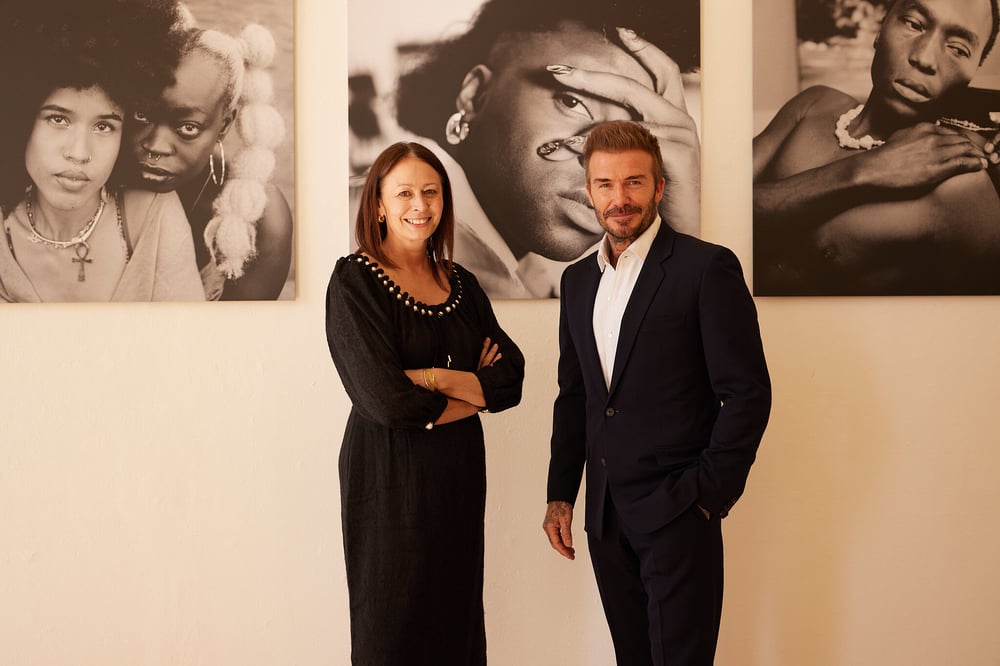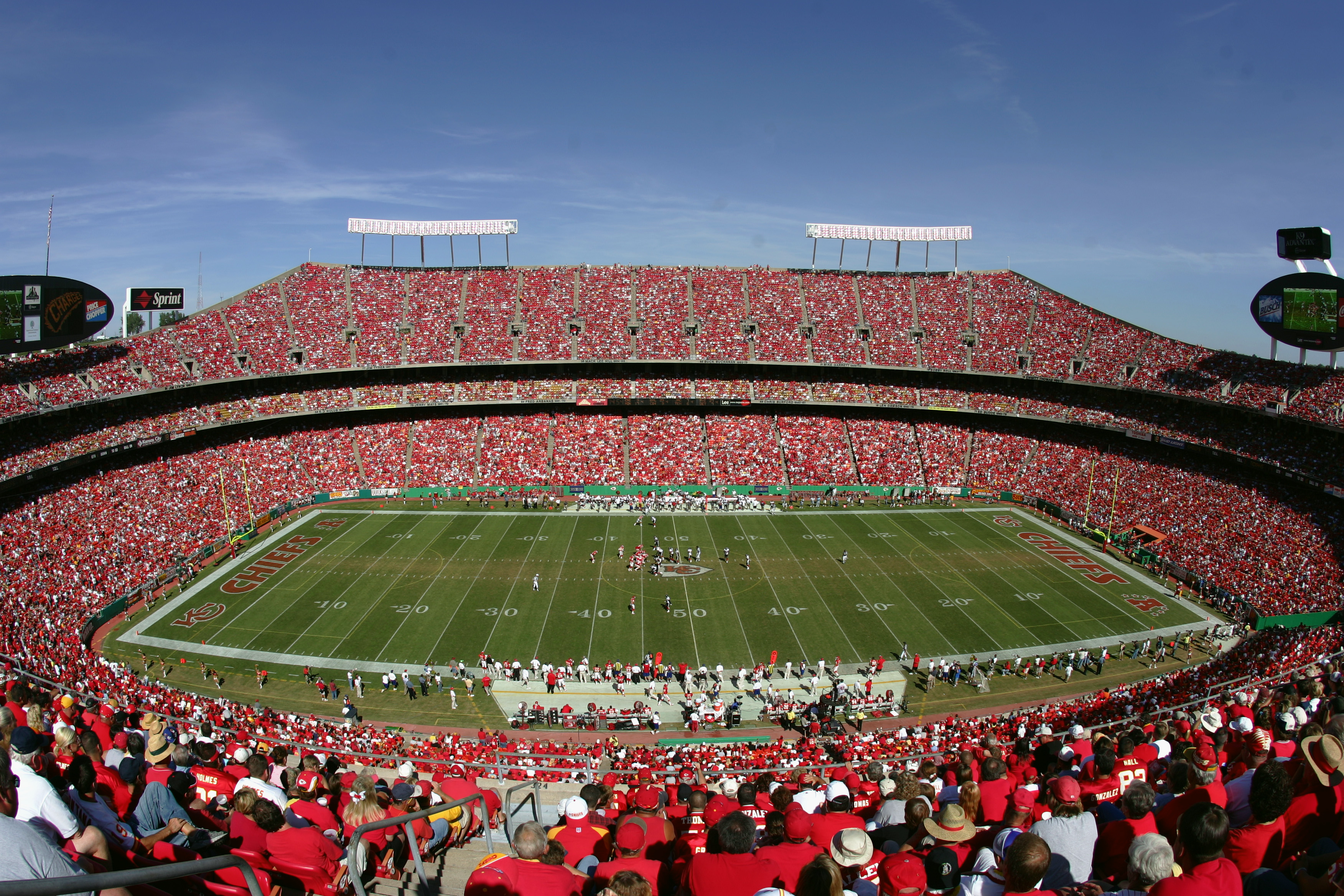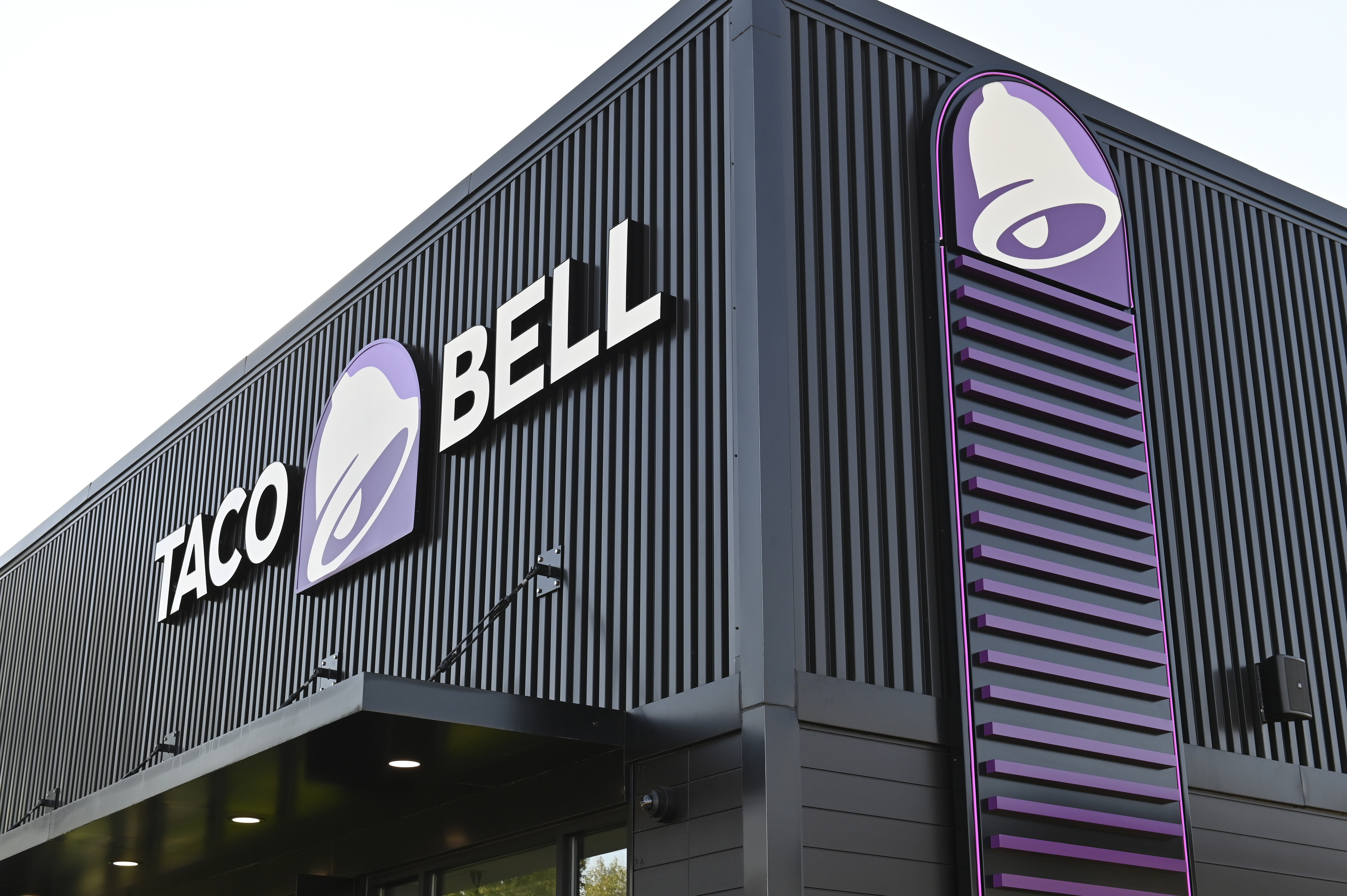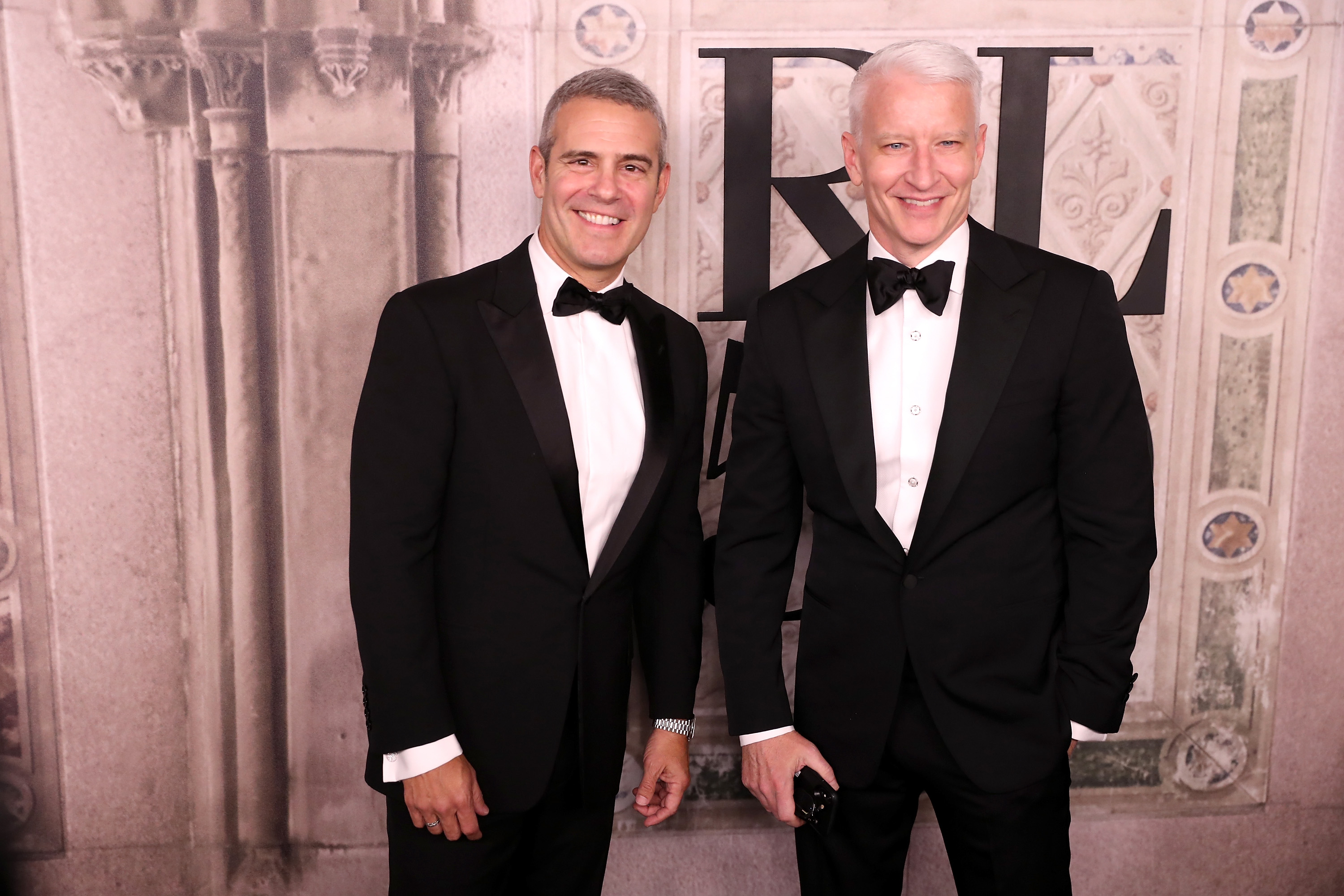Despite its smaller size, the Hybrid London Fashion Week event makes a significant impact.

The June instalment of London Fashion Week concluded on Sunday and, while it wasn't a very conventional edition with relatively few runway shows, it still made a wave as a cultural event and had an impact on social media.
The pre-event show by Craig Green reminded us of the forthcoming Fashion Week and shows by designers such as the consistently attention-grabbing Charles Jeffrey Loverboy and Qasimi were sufficient to attract the camera lights.
The show by Charles Jeffrey at Somerset House (which houses his studio and is also hosting a Loverboy retrospective exhibit) counted as a real ‘event’, particularly considering he had been hosting his shows in Milan for a few seasons. The label’s 10th anniversary was highlighted with a performance by Beth Ditto and a choir, along with a cast consisting of the label's friends. Celebrities and models such as Tilda Swinton, Erin O'Connor, Beth Ditto, Katy England, Bobby Gillespie and M Huncho were in attendance. Quite an impressive turnout for a fashion week, which some thought wouldn't have much impact.
As for the collection itself, named '10', it was described as “a visual and material milestone in Loverboy’s history, a meditation on enduring themes." The collection also referenced the brand’s past through evolving the iconic ears beanie and its Warhol-inspired banana motif.
Simultaneously, the SS25 collection of Qasimi marked a return to the runway. Headed by Hoor Al Qasimi since 2020, this was the first live show under her creative direction. With her art background, it was a thoughtful collaboration with artist Kambui Olujimi, where the collection blended art, sculpture and fashion, delving into topics of identity, history and sociopolitics.
Another highlight at LFW was a range of panel discussions and other events spanning three days, described as a “celebration of British menswear and diverse cultures.” It kicked off with David Beckham on Friday, with the British Fashion Council chief Caroline Rush acknowledging the challenges faced by the fashion sector.
She emphasized the importance of the June fashion ‘week’, stating: “London has always been the most innovative and creative fashion week. This is not a normal fashion week. We wanted to create a cultural moment…”
The opening event displayed rooms at the ICA that mirrored the broader fashion week’s three themes (Black culture, South Asian culture, and queer culture). These themes were curated by broadcaster Clara Amfo, content creator Simran Randhawa and model Kai-Isaiah Jamal. Featured were apparel from designers such as Nicholas Daley, Labrum London and Ahluwalia.
The success of the event was reflected on social media, with Dash Hudson showing that the innovative approach of the BFC significantly elevated audience engagement on Instagram. It indicated a high level of interaction between the brands and their audience.
The social media engagement rate for the luxury industry during this period was about 0.19%. Yet Harri had an impressive engagement rate of 2.47%, which was 1,200% above the industry average. Meanwhile, the brands with the most follower growth on Instagram during LFW included Harri and Charles Jeffrey Loverboy, each going significantly above the average.
The individuals with the top Instagram posts based on the engagement rate included Harri, Alexander Roth and Marie Lueder.




